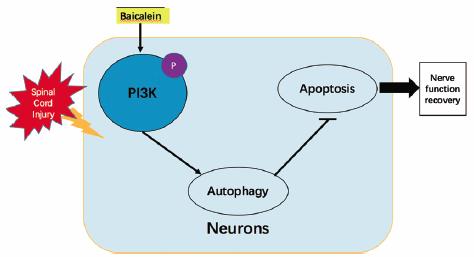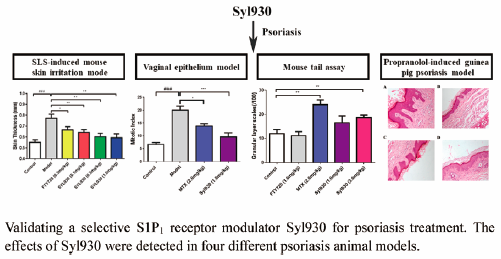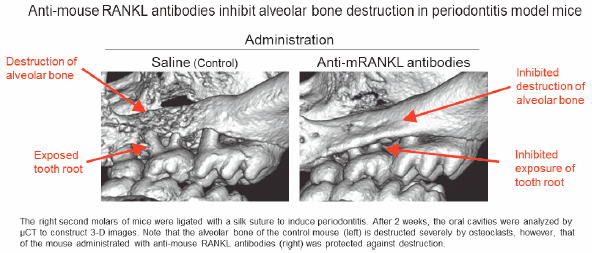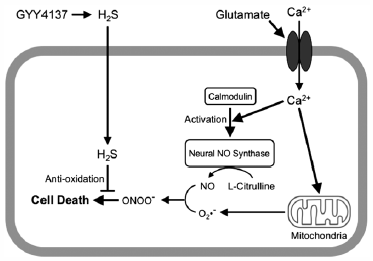- |<
- <
- 1
- >
- >|
-
2018Volume 41Issue 4 Pages 451-457
Published: April 01, 2018
Released on J-STAGE: April 01, 2018
Download PDF (4232K) Full view HTML -
2018Volume 41Issue 4 Pages 458-464
Published: April 01, 2018
Released on J-STAGE: April 01, 2018
Download PDF (3637K) Full view HTML -
2018Volume 41Issue 4 Pages 465-469
Published: April 01, 2018
Released on J-STAGE: April 01, 2018
Download PDF (1839K) Full view HTML -
2018Volume 41Issue 4 Pages 470-477
Published: April 01, 2018
Released on J-STAGE: April 01, 2018
Advance online publication: February 03, 2018Download PDF (1917K) Full view HTML -
2018Volume 41Issue 4 Pages 478-486
Published: April 01, 2018
Released on J-STAGE: April 01, 2018
Advance online publication: January 23, 2018Download PDF (4247K) Full view HTML -
2018Volume 41Issue 4 Pages 487-503
Published: April 01, 2018
Released on J-STAGE: April 01, 2018
Advance online publication: January 13, 2018Download PDF (6419K) Full view HTML -
2018Volume 41Issue 4 Pages 504-509
Published: April 01, 2018
Released on J-STAGE: April 01, 2018
Advance online publication: February 06, 2018Download PDF (614K) Full view HTML -
2018Volume 41Issue 4 Pages 510-523
Published: April 01, 2018
Released on J-STAGE: April 01, 2018
Download PDF (32752K) Full view HTML -
2018Volume 41Issue 4 Pages 524-529
Published: April 01, 2018
Released on J-STAGE: April 01, 2018
Download PDF (513K) Full view HTML -
2018Volume 41Issue 4 Pages 530-535
Published: April 01, 2018
Released on J-STAGE: April 01, 2018
Download PDF (2157K) Full view HTML -
2018Volume 41Issue 4 Pages 536-545
Published: April 01, 2018
Released on J-STAGE: April 01, 2018
Download PDF (862K) Full view HTML -
2018Volume 41Issue 4 Pages 546-554
Published: April 01, 2018
Released on J-STAGE: April 01, 2018
Download PDF (1285K) Full view HTML -
2018Volume 41Issue 4 Pages 555-563
Published: April 01, 2018
Released on J-STAGE: April 01, 2018
Download PDF (891K) Full view HTML -
2018Volume 41Issue 4 Pages 564-569
Published: April 01, 2018
Released on J-STAGE: April 01, 2018
Download PDF (542K) Full view HTML -
2018Volume 41Issue 4 Pages 570-574
Published: April 01, 2018
Released on J-STAGE: April 01, 2018
Advance online publication: January 30, 2018Download PDF (1594K) Full view HTML -
2018Volume 41Issue 4 Pages 575-584
Published: April 01, 2018
Released on J-STAGE: April 01, 2018
Download PDF (7140K) Full view HTML -
2018Volume 41Issue 4 Pages 585-591
Published: April 01, 2018
Released on J-STAGE: April 01, 2018
Download PDF (2634K) Full view HTML -
2018Volume 41Issue 4 Pages 592-596
Published: April 01, 2018
Released on J-STAGE: April 01, 2018
Advance online publication: February 07, 2018Download PDF (1419K) Full view HTML -
2018Volume 41Issue 4 Pages 597-603
Published: April 01, 2018
Released on J-STAGE: April 01, 2018
Download PDF (714K) Full view HTML -
2018Volume 41Issue 4 Pages 604-611
Published: April 01, 2018
Released on J-STAGE: April 01, 2018
Download PDF (1644K) Full view HTML -
 2018Volume 41Issue 4 Pages 612-618
2018Volume 41Issue 4 Pages 612-618
Published: April 01, 2018
Released on J-STAGE: April 01, 2018
Editor's pickHuman immunodeficiency virus type 1 (HIV-1) recruits diverse cellular factors into viral particles during its morphogenesis, which apparently play roles in modulating its infectivity. The article by Mouree et al. evaluated that a key glycolytic protein, pyruvate kinase muscle type 2 (PKM2) is incorporated into viral particles. Furthermore, the virion-packaged PKM2 significantly reduces the viral infectivity by affecting the selective packaging of intravirion tRNALys3, which primes the initiation of reverse transcription, along with other nonpriming tRNAs, such as tRNALys1,2 and tRNAAsn, without affecting the cytoplasmic level of these tRNAs. These findings proposed that PKM2 is a vital host factor that negatively affects HIV-1 infectivity by targeting the tRNALys3-mediated initiation of reverse transcription in target cells.
Download PDF (879K) Full view HTML -
2018Volume 41Issue 4 Pages 619-627
Published: April 01, 2018
Released on J-STAGE: April 01, 2018
Download PDF (1361K) Full view HTML -
2018Volume 41Issue 4 Pages 628-636
Published: April 01, 2018
Released on J-STAGE: April 01, 2018
Download PDF (2888K) Full view HTML -
2018Volume 41Issue 4 Pages 637-643
Published: April 01, 2018
Released on J-STAGE: April 01, 2018
Download PDF (7984K) Full view HTML
-
2018Volume 41Issue 4 Pages 644-648
Published: April 01, 2018
Released on J-STAGE: April 01, 2018
Download PDF (338K) Full view HTML -
2018Volume 41Issue 4 Pages 649-651
Published: April 01, 2018
Released on J-STAGE: April 01, 2018
Download PDF (409K) Full view HTML -
2018Volume 41Issue 4 Pages 652-656
Published: April 01, 2018
Released on J-STAGE: April 01, 2018
Download PDF (1397K) Full view HTML -
2018Volume 41Issue 4 Pages 657-660
Published: April 01, 2018
Released on J-STAGE: April 01, 2018
Download PDF (3436K) Full view HTML
-
2018Volume 41Issue 4 Pages 661
Published: April 01, 2018
Released on J-STAGE: April 01, 2018
Download PDF (191K) Full view HTML
- |<
- <
- 1
- >
- >|




























